How to Build a Climate Laboratory – Julia Slingo – Royal Institution (2016)
Climate models have revolutionized our understanding of the world. Julia Slingo, the Met Office Chief Scientist and High Level Group Scientific Advisor to the European Commission, examines the processes controlling the planetary climate system. Realistic encapsulation of these processes in models increases our predictive power tremendously. Climate science works at so many different fields and scales with a common goal of converging into a common truth. Some scientists study mass balance of glaciers measuring growth and shrinkage of the cryosphere. […]

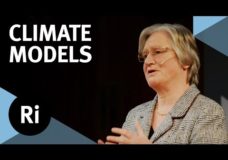
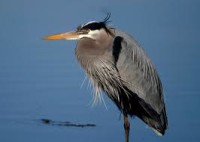
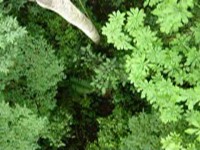
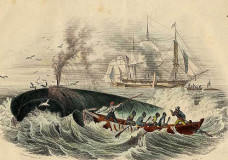
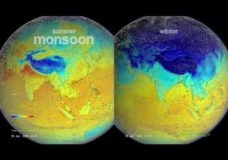
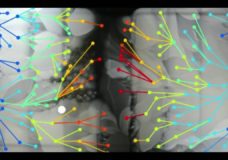
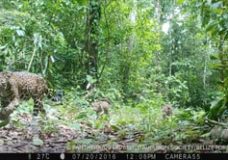
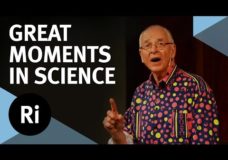
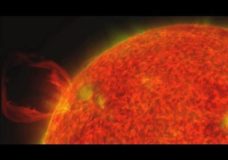
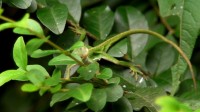
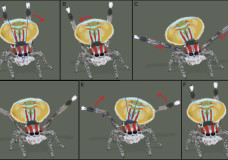
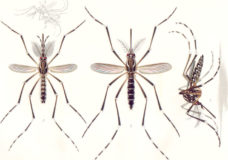
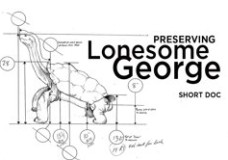
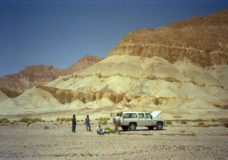
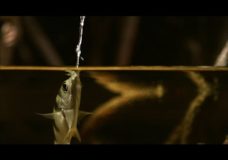

Recent Comments